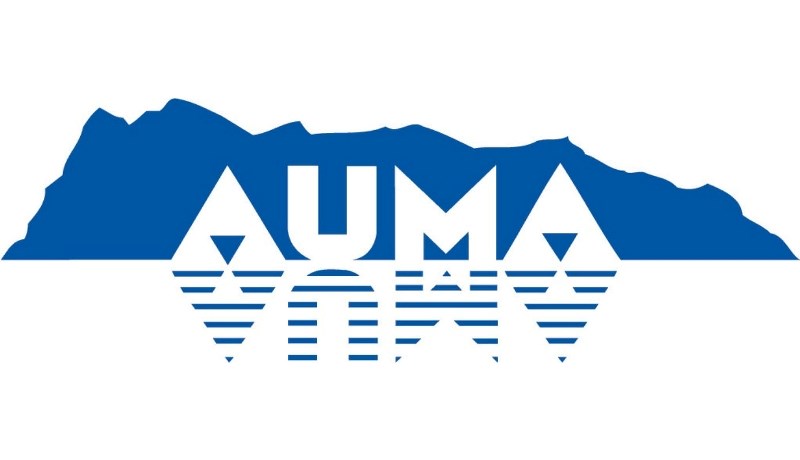Urban municipalities across Alberta are frustrated with the current police funding model, and they're putting their foot down.
The Alberta Urban Municipalities Association (AUMA) is lobbying the provincial government to change the equation used to calculate police costs, and local municipalities are getting on-board by putting their pens to paper.
“We'll be sending forward our support and request for the province to consider a more fair and equitable process in terms of how they assign policing costs,” expressed Town of Bonnyville Mayor Gene Sobolewski.
This has been an issue for Alberta municipalities for years, and both the town and City of Cold Lake are fully behind the AUMA's movement.
“We've been lobbying for years. This isn't the first kick at the can,” Cold Lake Mayor Craig Copeland said. “It's long overdue.”
Currently, communities pay based on their population. For example, a municipality with 5,000 to 15,000 residents pays 70 per cent of policing costs, while the federal government covers 30 per cent. Municipalities with over 15,000 residents are responsible for 90 per cent of the cost. The federal government picks up the remaining 10 per cent of their bill.
“The rural (municipalities) get policing for free, they don't have to pay, and neither do municipalities under 5,000. As your population grows you pay more. I think the comment from AUMA is everybody pays the same, and we believe that everyone should be treated the same and it should be equal across Alberta,” Copeland said.
Sobolewski agreed, “The way they have the assignment really isn't a very fair process.”
What the AUMA would like to see is an everyone-pays model where the cost formula is based on population and property assessment. It would include principles such as a fair, flexible, and equitable model that encourages efficiencies by using other methods to address municipal capacity issues and supports regional policing models.
The organization believes a new procedure should ensure an adequate impact assessment analysis is completed, and that effective education and consultation means are available to municipalities.
Under their recommendations, any revenues created from the new funding formula would be reinvested in public safety.
But, the police funding equation isn't the only issue the AUMA has with the existing method.
Under the present system, municipalities receive a certain amount of provincial funding to help cover the cost of policing.
The Municipal Police Assistance Grant (MPAG) is also calculated based on population.
Communities of 5,001 to 16,666 receive $200,000 in base payments, plus $8 per capita, while municipalities with populations between 16,667 and 50,000 get $100,000 in funding plus $14 per capita. Areas with over 50,000 residents collect $16 per capita and no base funding.
This year, the Town of Bonnyville accepted the $200,000 in base funding, plus $8 per capita, which is equivalent to about $350,000 of their $1.4-million policing bill.
The town also receives a Police Officer Grant for one additional RCMP member in the amount of $100,000.
Policing for the City of Cold Lake comes at an over $2.8-million cost. This doesn't include any provincial grant funding they receive.
According to Sobolewski, the province's police funding model has been in place since the 1990s, and has remained a sore spot for urban municipalities since then.
“It's the way it was developed. Essentially, we have been lobbying ever since to try and say ‘wait a minute, there's got to be a more equitable way to assign the function of policing services.'”
Bonnyville-Cold Lake MLA Scott Cyr said, “What I hear from my urban areas is they feel that it's not a fair-level playing field.”



